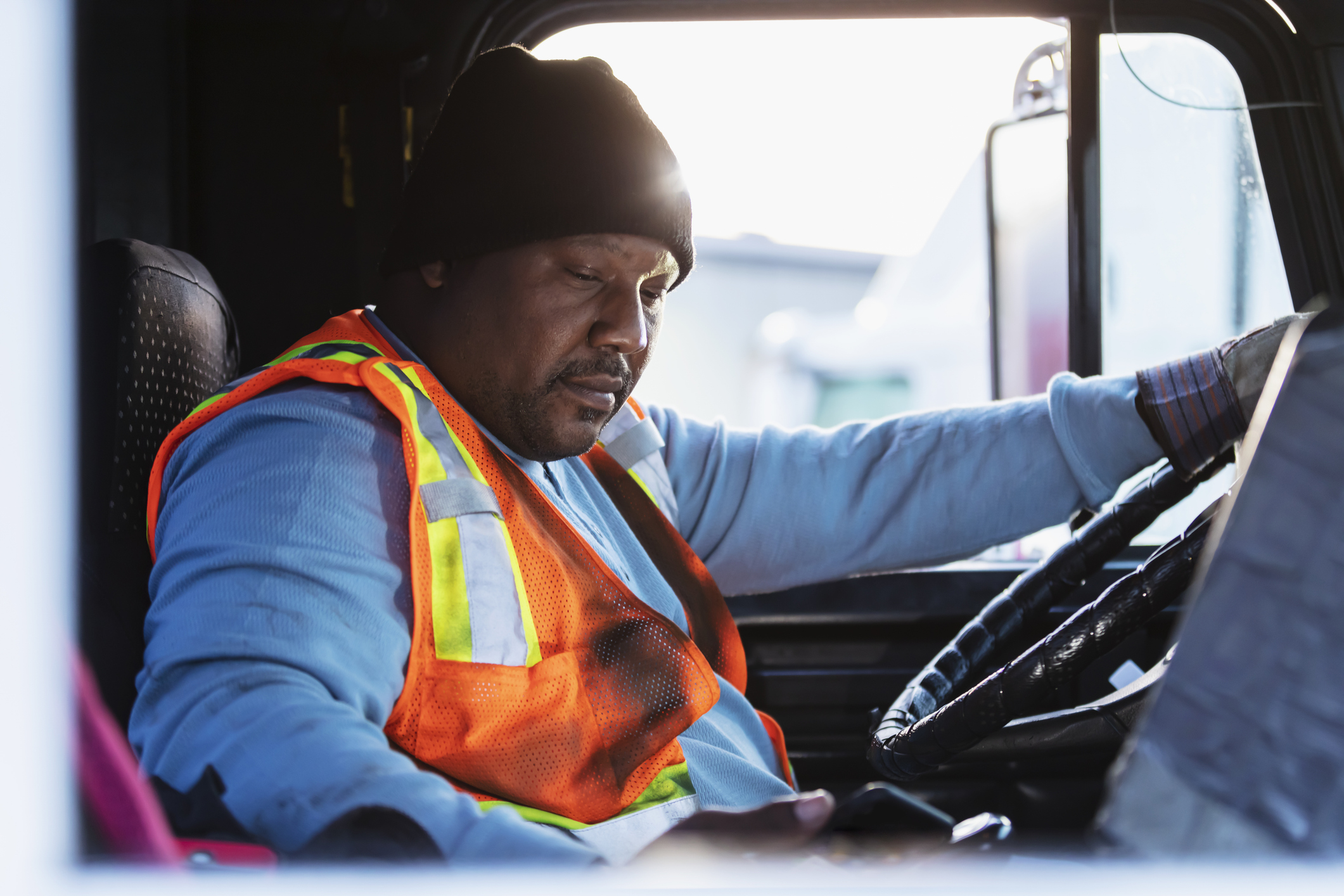How Technology is Helping Carriers Navigate Change

Everything is changing. As the world is different now than it was two months ago, WorkHound and the carriers we work with are looking ahead to understand how the trucking industry will continue to change. We’ve invited trucking industry innovators to share how they’re tackling these uncertain times head-on and how technology is helping in the time of transition. Today we’re sharing just a few of the top insights:
- Lisa Mason, VP of Safety & HR at Melton Truck Lines: “During this pandemic, we felt the need to communicate with our fleet more regularly than before. We did this with individual phone calls to make sure our drivers were favoring well during this time as well as weekly video updates from our upper management. In doing so, we have found our drivers feel more connected to us than ever before. Given the need to socially distance, our IT group was well prepared to send over 90% of our office staff home. This move allowed our employees to stay safe while still remaining productive in their daily tasks. We are very thankful to have an IT team who is ready when a crisis hits.”
- Jason Crowell, Recruiting and Retention Manager at Brady Trucking: “We’re telling driver stories to attract the right kind of drivers. It’s realistic, credible, and bolsters retention. Additionally, the WorkHound text solution has helped us communicate regularly with nearly real-time info to Drivers and from Drivers.”
- Patricia Thornhill, Driver Services Manager at USA Truck: “We formed new communication avenues to reach more of our driver team members in many different ways. Technology has played a significant role in keeping our business up and running the way that it should during this challenging time. Being able to continue with our duties seamlessly, by working from our remote locations because of the information superhighway. Without technology, our work would have almost come to a standstill. In our business this is not an option, being an essential business means the people need and rely on us.”
- Jackie Labby, Permit Manager at Trailiner: “We have shifted our training of drivers online and our monthly safety meeting online. We also started two weekly phone call times that our drivers can call in, listen to a small presentation of what is going on and they can ask questions. Technology has been huge in keeping in contact with our drivers when we can’t have face-to-face interaction. We have been able to continue conducting business as normal as possible and still stay in touch with our drivers. We have employees who have been able to work from home and conduct business like normal.”
- Mark Walker, Chairman and CEO at TransLand: “(TransLand) moved from in-person meetings to video chat over Microsoft teams. We are also using Teams for connecting as we moved employees to a work from home setting and may keep the work from home as part of our office DNA going forward. The executive team meets at 7:30 am every morning to debrief on yesterday’s results and determine how best to focus on today and tomorrow’s needs. Technology has also been used to determine COVID-19 policy and procedure. Microsoft Teams has been amazing for our internal use. We realized quickly we can’t provide laptops for work from home scenario without also giving multiple monitors to replicate office technology.”
- Jason Williams, President at Expediter Services: “Technology has allowed us to continue to service our customer and keep visibility within the office. A constant flow of information is vital to our operations. We have been able to keep a high-level of communications because information has continued to be available to all even though we are no longer centrally located.”
- Justin Johnson, Sr. VP of Sales and Operations at Bay and Bay Transportation: “We’ve increased communication to our drivers. One of our biggest resources has been WorkHound. We’ve also changed our recruiting process, we are doing much more work on the front end to shrink the amount of time drivers are physically on-site. (Technology) has been critical as we have had 60-70% of our workforce working remote. It has allowed us to have multiple avenues that we can reach out to our drivers and customers with. We feel our customers and drivers have not felt any communication, service, or speed gaps during this pandemic.”
- Laurie Bain, Associate Recruiter at Parkway Transport: “Technology has been critical as we have had 60-70% of our workforce working remote. It has allowed us to have multiple avenues that we can reach out to our drivers and customers with. We feel our customers and drivers have not felt any communication, service, or speed gaps during this pandemic. Because of technology, more partners were able to work from home. We utilized online communication programs to build our online training and host our weekly meetings. We were able to carry on business as usual from a distance.”
- Mark Pluff, Vice President at Hogan Transports, Inc.: “Hogan has placed a greater emphasis on technology to improve processes. Social distancing has required us to increase dependence on software and tech services.”
- Carl Bailey, VP of Sales at United Petroleum Transport: “Technology has helped with mass communication of urgent and consistent messages. We also rely on Zoom and conference style meetings.”
- Jim Franck, President at National Carriers: “National Carriers has intensified our communication with the fleet and office personnel — primarily through stand-ups and social media. Workhound has also been instrumental. We have always tried to proactively communicate, but sometimes inconsistently. Going forward, after this passes, we plan to stay proactive. Technology plays a role in everything we do these days. Social media continues to be a great communication and feedback tool, as is Workhound. In-cab telematics are playing an important role with fleet messages, detention monitoring, shipper/receiver behavior.”
- Paul Marston, CEO of Abenaqui Carriers: “We host weekly conference calls with drivers and send twice weekly email news briefs to all employees. We also use WorkHound Surveys and everyone is working remotely. We’ve also taken the time to upgrade multiple software platforms.”
There are a lot of ways to tackle change as the industry evolves right now, but most of all, it’s clear that communication remains critical. How is your carrier staying on top of communications? We’d love to know. Reach out to a member of the WorkHound team to share your insights.
Let's Build Better Workplaces Together
Revolutionize your company culture and your worker retention rates by improving communication and engagement.
Book a Demo

